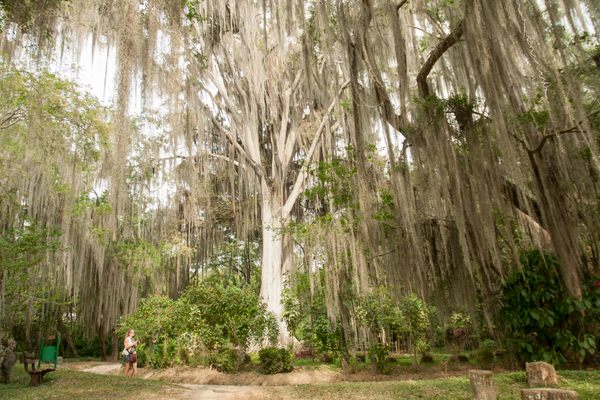About
On the forest floor of Sequoia National Park, there are countless hidden insects and things that crawl, but only one boldly makes its presence known every night by lighting up its entire body to scare off predators.
Millipedes can make a juicy meal for larger predators, so brightly glowing millipedes might seem like easy prey. However the Motyxia millipedes (Motyxia sequoia alia) that gather among the roots and branches of Sequoia's ancient trees use their natural bioluminescence as a warning to potential predators, as the tiny bugs secrete a surprising amount of cyanide as a defensive mechanism.
When mice go to consume the brightly lit bugs, they are treated to a strong, if not fatal dose, of the poison. Studies have shown that the mice remember these bad experiences, and often avoid glowing creatures from then on.
Ironically, though the millipedes broadcast their location to predators, they can’t see each other since their species does not have eyes. And while some centipedes known as “fire centipedes” can secrete a glowing substance, Motyxia is the only known glowing millipede.
The bugs are easy enough for humans to find; simply look for an orange, flat millipede around five centimeters long foraging on the forest floor at night. Amateur entomologists can also search with their noses since these insects are also called the “almond scented millipede” due to the characteristic almond smell of hydrogen cyanide. But beware, while the amount of cyanide the insects produce is not fatal to humans, it certainly isn't healthy.
Related Tags
Community Contributors
Added By
Published
June 21, 2016
























